
15 High Protein Travel Snacks
[rank_math_breadcrumb]
Protein Snack Intro
Travelling is difficult for those who want to maintain their healthy eating habits. At home, where you have an oven and fridge, planning high-protein meals and keeping your muscle macro intake up is relatively easy. Take away the essentials and your nutrition goals can start to wobble. And this is exactly what happens for many of us when we go on holiday or travel with work. But don’t worry, I’m here for you, all you need is a little preparation and the knowledge of a few simple hacks. We present our high protein travel snacks guide.
TLDR: We are going to show you a 15 delicious and healthy high protein travel snacks that are perfect for air travel, long road trips or any other type of trip away. So whether it’s Atkins or Paleo you’re on, or you want to build muscle, we have you covered.
Quick Tip: Lee’s top pick is Greek Yoghurt, me – I’m partial to Jerky.
What Are High Protein Travel Snacks?
When most people think of snacks, they think of something that’s light and won’t fill them up. But when you’re trying to stick to a high protein diet, that’s not always the case. In fact, there are plenty of snacks that are high in protein and perfect for on-the-go eating.
So what are high protein snacks? They can be anything from fruits and veggies to meat and cheese. And as long as they’re portable and easy to eat, they’re perfect for travel.
Some of our favourites include hard boiled eggs, nuts and seeds, jerky, Greek yoghurt and cheese sticks.
Benefits of Eating High Protein Snacks While Travelling
Not only do high protein snacks help you to stay in shape, but they also provide a number of other benefits. For instance, they can help you to build muscle, lose weight or adhere to diets like the Atkins diet or Paleo. Additionally, they can help to boost your metabolism and provide you with sustained energy throughout the day. If staying in shape while travelling is important and you’re the kind to filter for hotel gyms when booking travel accommodation, then being on top of your protein consumption is necessary.
Protein is a great satiating tool. This means, diets with a higher protein intake tend to have less desire to snack as macronutrient has the potential to curb hunger. The scientific evidence supporting this, confirms it comes down to better regulation of blood sugar levels, so it’s a pretty good reason to get more protein in your diet.
However, it’s important to remember that too much protein can have negative consequences. Excessive protein can lead to weight gain, dehydration and a host of other health problems. It’s important to listen to your body and make sure that you’re not overdoing it.
How much Protein should I eat per day
When you’re trying to stay in shape, it’s important to make sure you’re getting enough protein. Upping your protein intake is essential for muscle growth and preventing muscle loss, so it’s a key part of any diet.
Ideally for muscle growth, you should aim to eat 1g of protein per pound of bodyweight each day. This may seem like a lot, but it’s easily achievable if you plan ahead AND a must if you’re strength training regularly. There are plenty of high-protein snacks that you can take with you on the road, so
If you’re travelling and don’t want to worry about packing snacks, there are plenty of options available at airports and rest stops. Just be sure to read the nutrition labels carefully and choose snacks with a high protein content.
| Goal | Suggested Intake |
|---|---|
| Maintain Weight | 1 gram per 3lbs of bodyweight |
| Lose Weight | 1 gram per 2lbs of bodyweight |
| Build Muscle | 1 gram per 1lb of bodyweight |
| Juicing? | 1.5 grams per 1lb of bodyweight |
Tips on choosing your perfect high protein travel snacks
When you’re looking for the right snack while travelling, the best thing to do is to think about the nutritional value. By choosing snacks that are high in protein and low in carbohydrates, you can help to keep your energy levels up and your muscle growth on track. Here are some other tips that may help you when selecting travel snacks:
- Read nutrition labels: Take a second to read the nutrition label and make sure it’s low in sugar and carbs and high in protein. Also, look out for hidden sugars and be sure to check the serving size too.
- Choose whole foods over processed ones: Whole foods like nuts, fruits, vegetables, lean meats, eggs, cheese and seeds are way healthier than processed snacks like chips, candy bars or cakes. Not only are these options more nutritious but they also provide you with more energy for your travels.
- Think about portion size: As much as possible try to stay away from overeating. Choose snacks that come in portion-controlled packages or consider splitting large portions into smaller-sized portions so that you can practise mindful eating while travelling.
Your Menu: 15 High Protein Travel Snacks
If you’re travelling and looking for yummy, high protein travel snacks, you’ll want to check out the following list of 15 ideas. And of course, you can mix and match the options to create new flavour combinations. So get creative!
Quick Links
1/15 Nuts
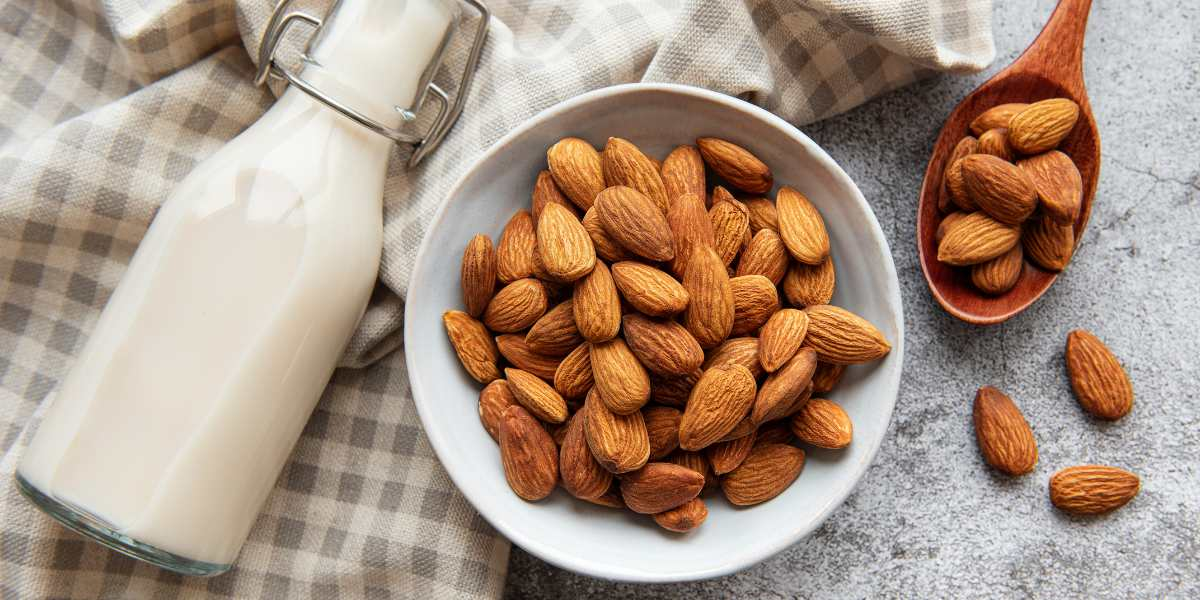

Almonds and cashews are both high-protein snacks made from tree nuts. The main source of protein in almonds and cashews is plant protein, which provides around 6 grams of protein per 100 grams for almonds and 5 grams per 100 grams for cashews.
A typical serving size of almonds and cashews is around 1/4 cup (28 grams) which provides around 2 grams of protein for almonds and 1.5 grams for cashews.
The average price of almonds and cashews can vary depending on the brand, the form of the nuts, and where they are purchased. They can be found raw, roasted, salted or unsalted, and prices vary accordingly. Generally, a bag of raw almonds ranges from $5 to $10 and a bag of raw cashews ranges from $8 to $15.
Almonds and cashews are also a good source of healthy fats, fiber, and minerals such as magnesium and zinc. They also contain small amounts of other essential nutrients such as Vitamin E, Vitamin K and Phosphorus.
The ingredient list for raw almonds and cashews is typically just the nuts, but some varieties may contain added sugars, salt or other ingredients, so it’s important to check the label before purchasing.
Almonds and cashews are a great plant-based protein source, and also provide other essential nutrients such as healthy fats, fiber, and minerals. However, it’s important to consider the overall calorie and fat content of them and consume as part of a varied eating regime.
2/15 Hard Boiled Eggs


Hard-boiled eggs are a high-protein snack made from eggs that have been boiled and peeled. The main source of protein in hard-boiled eggs is egg whites, which provide around 13 grams of protein per 100 grams.
A typical serving size of hard-boiled eggs is around 1-2 eggs (50-100 grams), which provides around 6.5-13 grams of protein.
Average price of hard-boiled eggs: Varies depending on the source and where they are purchased. They can be found in a dozen, and prices vary accordingly. Generally, a dozen eggs ranges from $2 to $5.
Hard-boiled eggs are also a good source of Vitamin D, Vitamin B12, Vitamin E, Vitamin K, and minerals such as selenium and iodine. They are also a good source of choline which is essential for brain development and function.
Ingredient list for hard-boiled eggs: Typically just the eggs, and there are no added sugars or artificial ingredients.
Hard-boiled eggs and your diet: They are a great animal-based protein source and are also a good source of other essential nutrients. They are a good fit for many types of diets, including Paleo, Atkins and Ketogenic, as they are high in protein and low in carbs. However, it’s important to monitor the intake of cholesterol as eggs are high in cholesterol, and people with high cholesterol levels or other health conditions may need to limit their intake of eggs.
3/15 Trail Mix
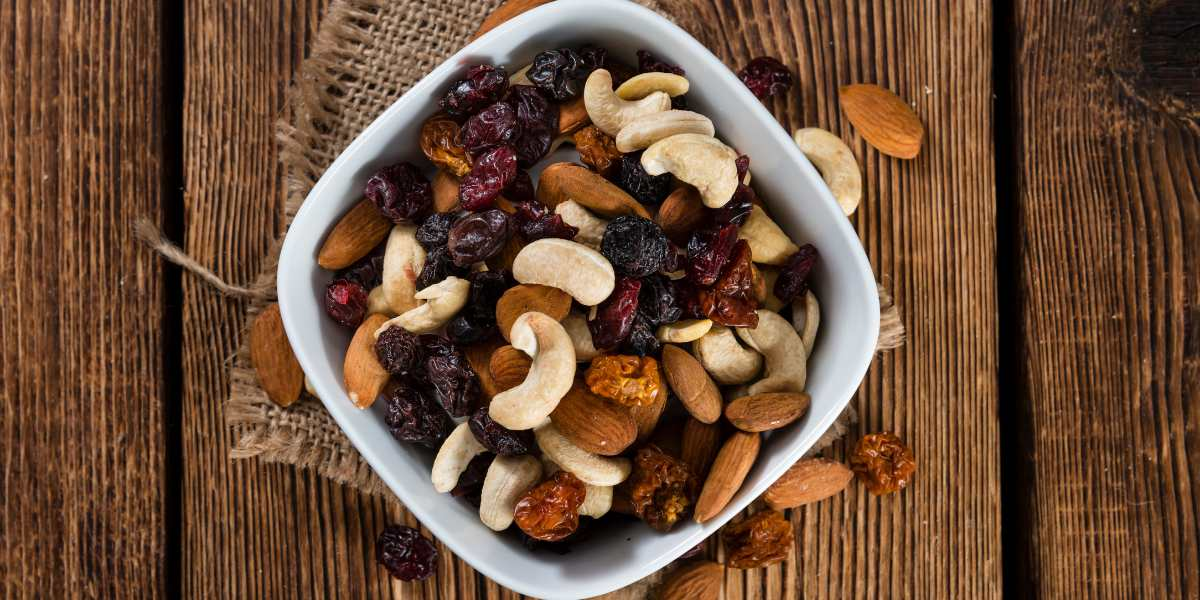

Trail mix is a high-protein snack that typically contains a combination of nuts, seeds, dried fruits, and sometimes chocolate or other sweeteners. The main sources of protein in trail mix are typically nuts such as almonds, cashews, and pistachios, which provide around 6 grams of protein per 100 grams.
A typical serving size of trail mix is around 1/4 cup (30 grams), which provides around 1.5-2 grams of protein.
The average price of trail mix can vary depending on the brand, the ingredients and where it is purchased. It generally ranges from $3 to $8 per pound.
Trail mix is also a good source of healthy fats, fiber, and minerals such as magnesium and zinc. They also contain small amounts of other essential nutrients such as Vitamin E, Vitamin K and Phosphorus.
The ingredient list for trail mix can vary depending on the brand and type, but it typically contains a combination of nuts, seeds, dried fruits, and sometimes chocolate or other sweeteners. Some varieties may contain added sugars, salt or other ingredients, so it’s important to check the label before purchasing.
Trail mix is a great plant-based protein source, and also provides other essential nutrients such as healthy fats, fibre, and minerals. The food suits many types of diets including Paleo, Atkins, and Ketogenic, but it’s important to check the ingredients and macronutrients to make sure it fits into your specific dietary needs.
4/15 Jerky
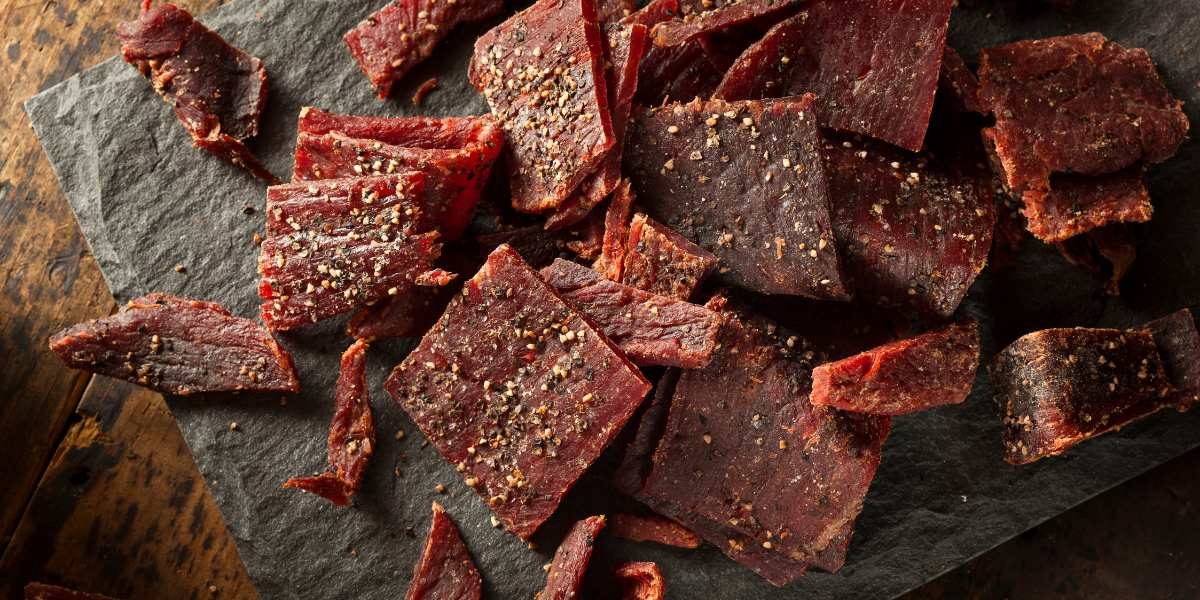

Beef jerky is a high-protein snack made from lean cuts of beef that have been dried and seasoned. The main source of protein in beef jerky is beef, which provides around 25-30 grams of protein per 100 grams.
Typical serving size: 1 ounce (28 grams), which provides around 7-8 grams of protein.
Average price of beef jerky can vary depending on the brand, the type of beef used and where it is purchased. It generally ranges from $5 to $10 per bag.
Beef jerky is also a good source of iron, zinc and Vitamin B12.
The ingredient list for beef jerky can vary depending on the brand and type, but it typically contains beef, salt, sugar, spices and often additional ingredients such as soy sauce, liquid smoke, or other flavourings. Some varieties may contain added sugars, preservatives or artificial ingredients, so it’s important to check the label before purchasing.
Beef Jerky Diet Compatability: Ketogenic, Paleo, Atkins
5/15 Protein Bars
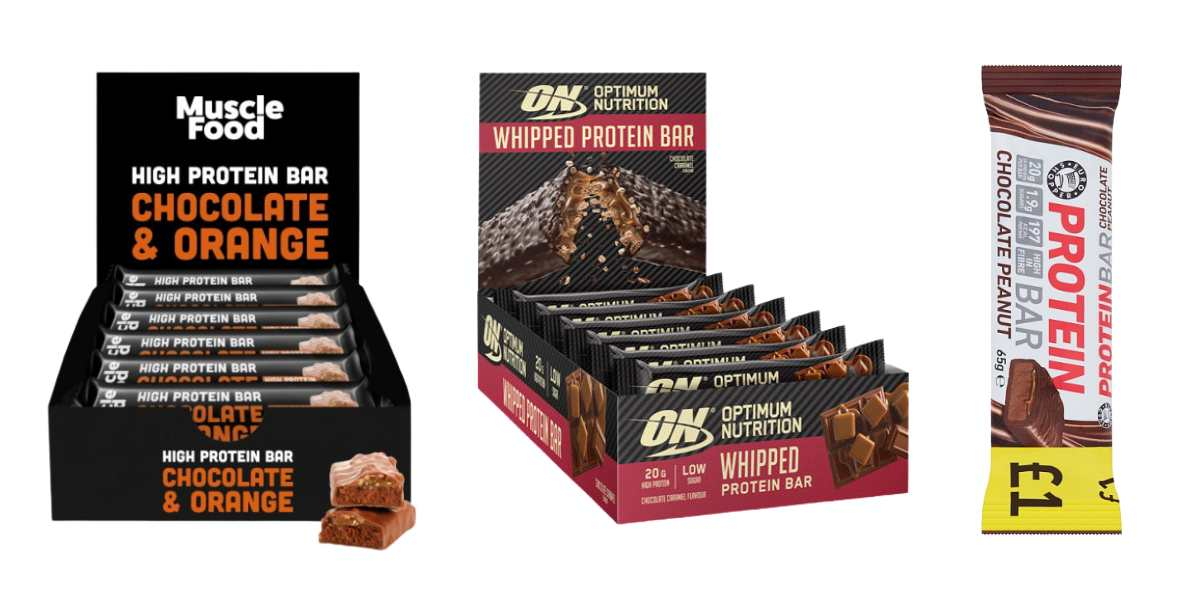

Protein bars, such as Quest/Grenade bas, are high-protein snacks that are designed to provide a convenient source of protein. The main sources of protein in protein bars are typically whey protein isolate and/or milk protein isolate, which provides around 20-25 grams of protein per 100 grams.
A typical serving size of protein bars is around 60-70 grams, which provides around 20-25 grams of protein.
The average price of protein bars can vary depending on where they are purchased, but generally ranges from $2 to $4 per bar.
Protein bars are also a good source of fibre, but they are not a significant source of other essential nutrients.
The ingredient list for protein bars can vary depending on the flavour, but typically contains protein isolates, fibre, sweeteners and other ingredients such as nuts and dried fruits. Some bars may contain added sugars or artificial ingredients, so it’s important to check the label before purchasing.
Protein Bars can be a convenient and high protein travelling snack, but they should not be considered a replacement for whole foods. They can be high in calories and are not a good source of essential vitamins and minerals.
6/15 String Cheese Sticks
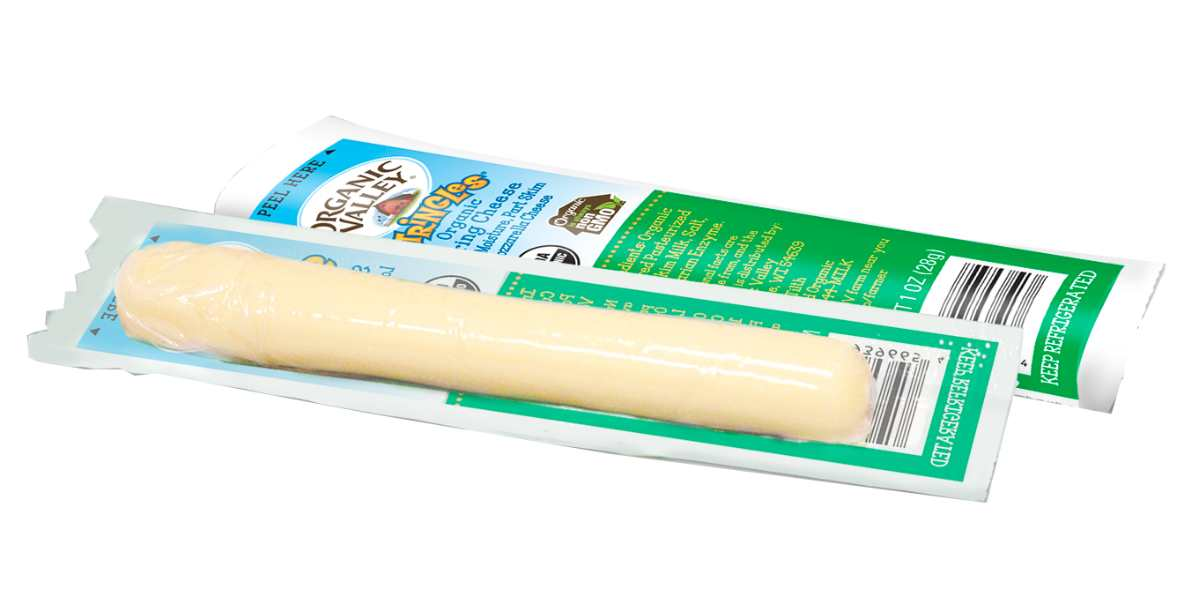

Cheese strings are a high-protein snack made from cheese, often Cheddar, that has been formed into the shape of a string. The main source of protein in cheese strings is milk protein, which provides around 5-8 grams of protein per 100 grams.
A typical serving size of cheese strings is around 1-2 strings (28-56 grams), which provides around 1.4-4 grams of protein.
The average price of cheese strings can vary depending on the brand and where it is purchased. It generally ranges from $2 to $5 per package.
Cheese strings are also a good source of calcium and Vitamin B12.
The ingredient list for cheese strings is typically cheese, milk, and salt. Some varieties may contain added sugars or artificial ingredients, so it’s important to check the label before purchasing.
Cheese strings can be a good addition to someone’s overall daily protein and nutrition goals. However, they are also high in saturated fat and sodium, and they also contain a small amount of added sugars or artificial ingredients. Eat them sparingly.
7/15 Yoghurt (Greek)
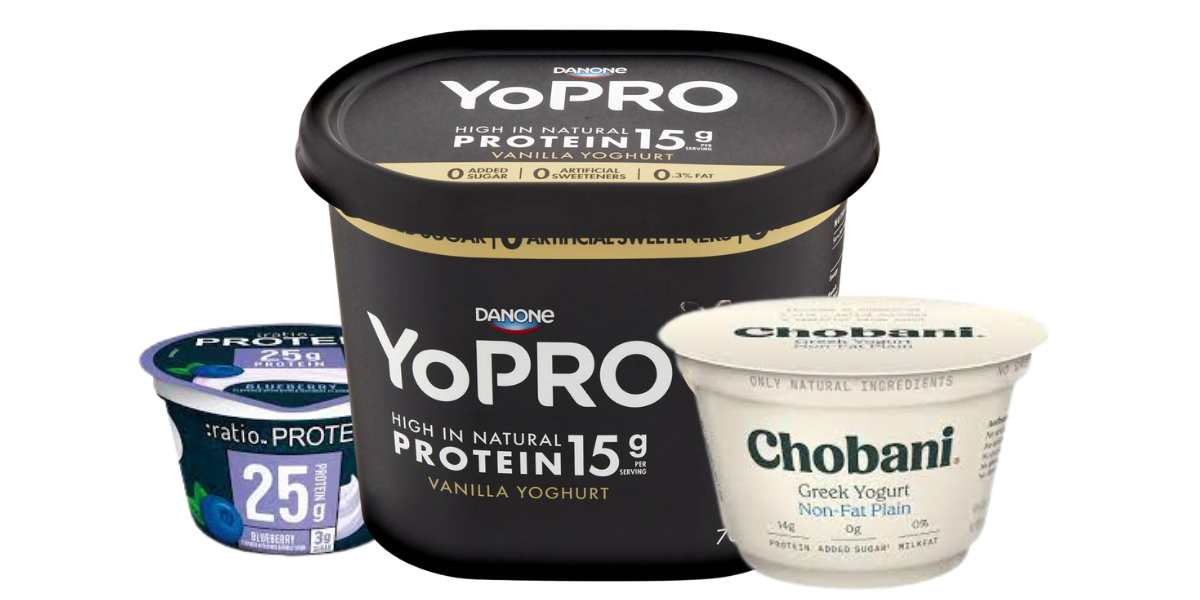

Greek yogurt is a high-protein snack made from the strained milk of cows, sheep or goats. The main source of protein in Greek yogurt is casein and whey, which provide around 10-20 grams of protein per 100 grams.
A typical serving size of Greek yogurt is around 6 ounces (170 grams), which provides around 12-24 grams of protein.
The average price of Greek yogurt can vary depending on the brand and where it is purchased. It generally ranges from $1 to $5 per pound.
Greek yogurt is also a good source of calcium, phosphorus and Vitamin B12. It also contains small amounts of other essential nutrients such as Vitamin D, Vitamin K and Riboflavin.
The ingredient list for Greek yogurt is typically milk, cream and live cultures. Some varieties may contain added sugars or artificial ingredients, so it’s important to check the label before purchasing. You can also find Greek yoghurt that is sweetened with natural sweeteners such as honey or fruits.
Greek yogurt can also be a good option for people who are lactose intolerant as it contains less lactose than regular yoghurt.
8/15 Edamame Beans
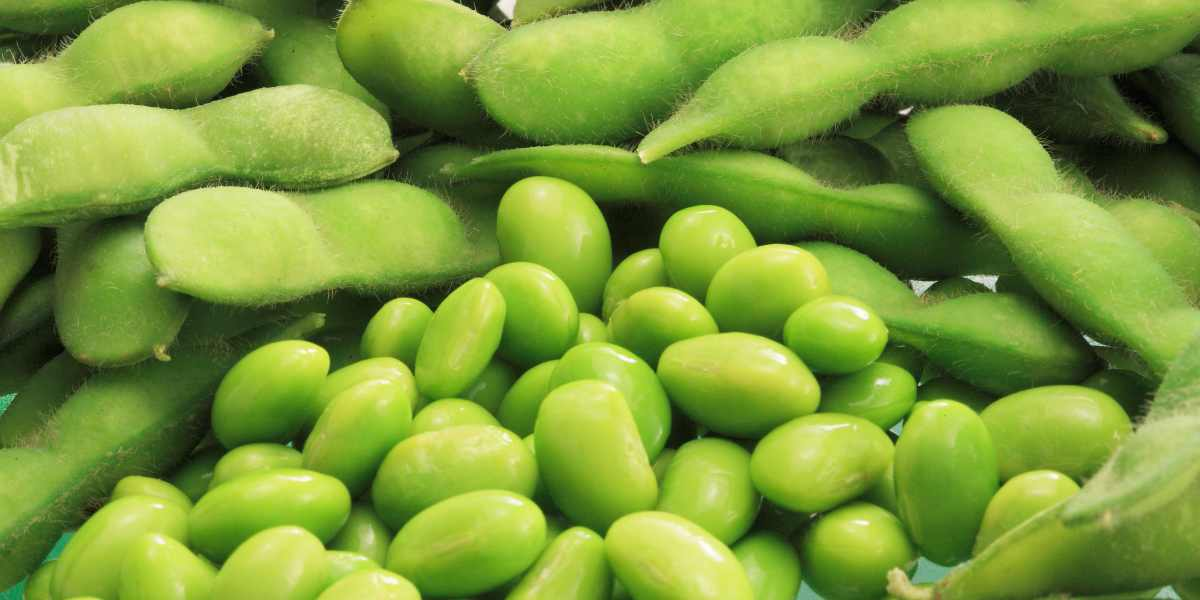

Edamame beans are a high-protein snack made from the immature soybeans. The main source of protein in edamame beans is soy protein, which provides around 11 grams of protein per 100 grams.
A typical serving size of edamame beans is around 1/2 cup (85 grams), which provides around 9 grams of protein.
The average price of edamame beans can vary depending on the brand and where it is purchased. They can be found fresh, frozen or dried, and prices vary accordingly. Generally, a bag of frozen edamame beans ranges from $2 to $5.
Edamame beans are also a good source of fiber and minerals such as iron, potassium and magnesium. Additionally, they are a good source of essential amino acids, which are important for muscle and tissue growth.
The ingredient list for edamame beans is typically just soybeans and salt. Some varieties may contain added sugars or artificial ingredients, so it’s important to check the label before purchasing.
Edamame beans are a great plant-based protein source, and also provide other essential nutrients such as fibre and minerals. But, it’s important to monitor the intake of added sugars, and artificial ingredients to ensure a healthy diet.
9/15 Seafood Sticks
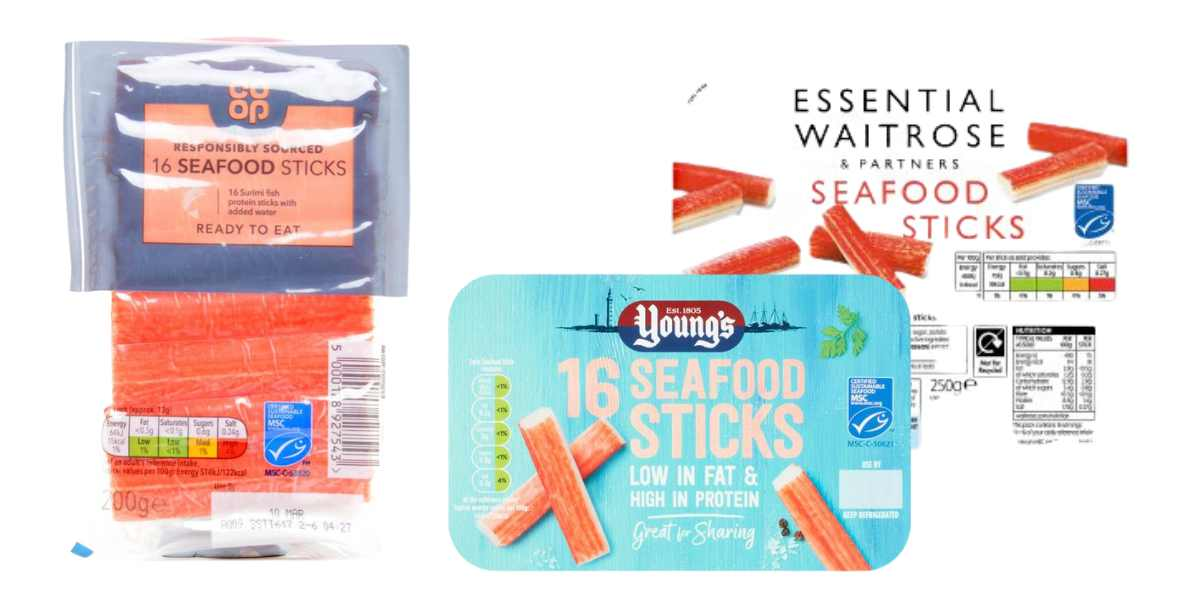

Imitation crab sticks, also known as surimi, are a high-protein snack made from minced fish meat, usually Pollock, mixed with starch, sugar, and other ingredients, shaped and then cooked. The main source of protein in imitation crab sticks is fish meat, which provides around 6-8 grams of protein per 100 grams.
A typical serving size of imitation crab sticks is around 2-3 sticks (55-80 grams), which provides around 3-5 grams of protein.
The average price of imitation crab sticks can vary depending on the brand and where it is purchased. It generally ranges from $3 to $8 per pound.
Imitation crab sticks are not typically a good source of other essential nutrients. It contains small amounts of Vitamin B12 and Selenium.
The ingredient list for imitation crab sticks is typically fish meat, starch, sugar, and other ingredients such as salt, artificial flavors, and food coloring. Some imitation crab sticks may contain added sugars or artificial ingredients, so it’s important to check the label before purchasing.
Imitation crab sticks can be a good source of protein, but they are not a very good source of other essential nutrients, and they are often high in sodium. Therefore, it’s important to consider this when fitting them into someone’s overall daily protein intake and nutrition goals.
10/15 Lentil Chips (& Popcorn Chips)
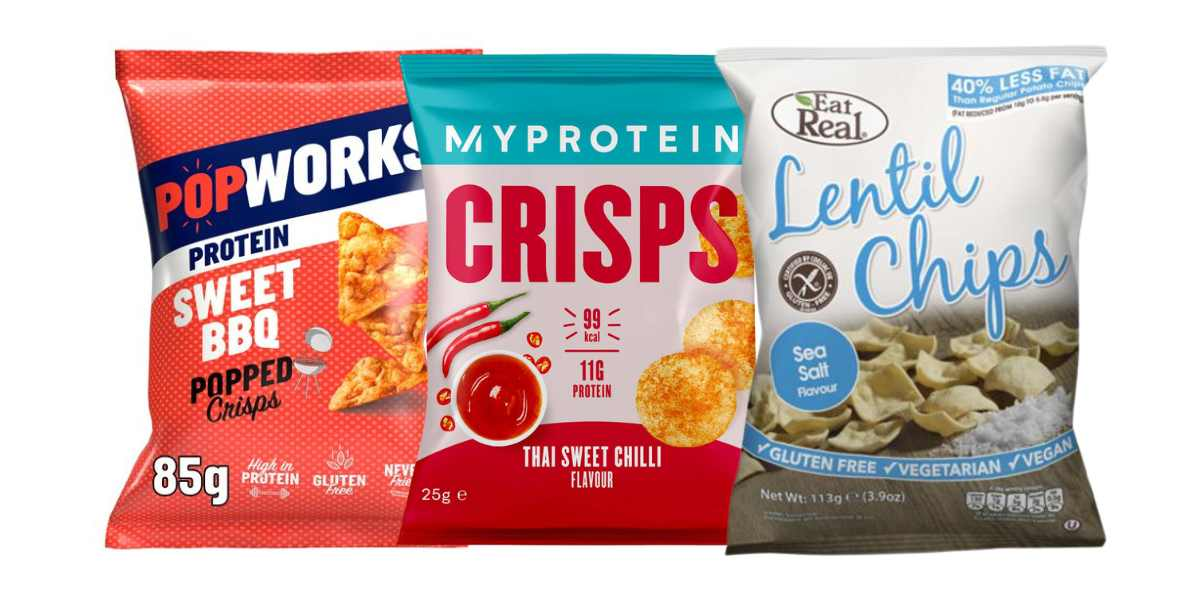

Main sources of protein: Puffed up corn, rice, lentils
Protein per 100 grams: 18-21 grams oiro
Average price: £2.50-3.75 (US options also exist)
Protein per serving: Approx 25-30 gram servings with 6-10 grams of protein
Source of other essential nutrients: No.
Added sugars or artificial ingredients: Vary depending on brand but yes to add flavouring.
Popped Chips & Your Diet: High in calories, and not a good source of essential vitamins and minerals. They are not appropriate for low-carb diets like the Atkins and ketogenic diets, but they can be a good fit for some other types of diets such as a vegetarian or vegan diet.
11/15 Chicken/Turkey Breast (Cooked)
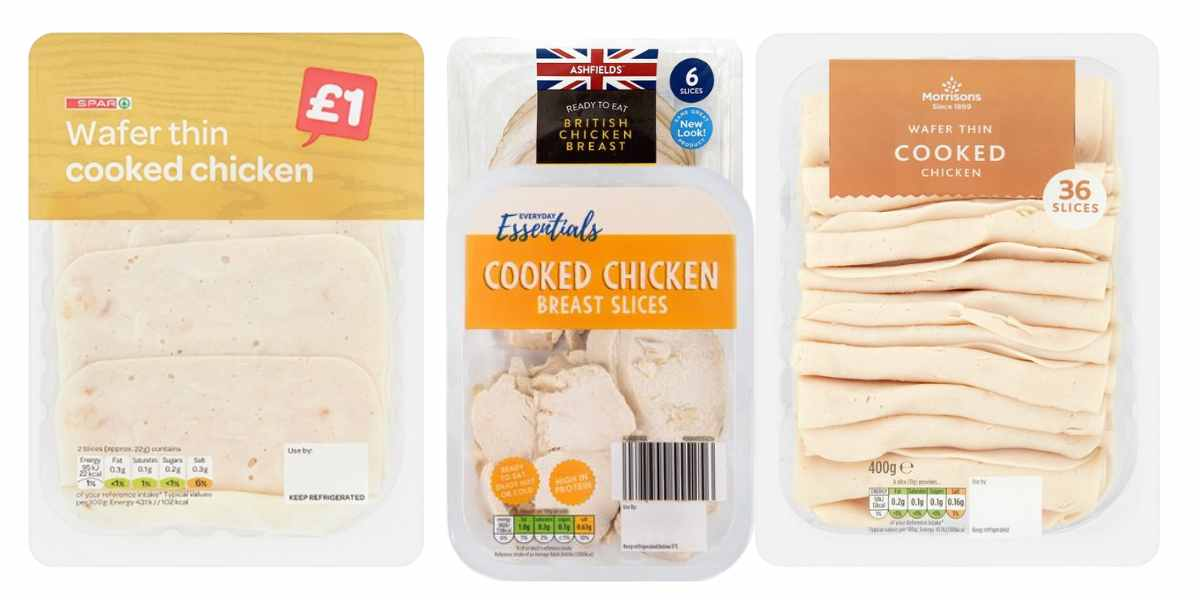

Cooked chicken breast slices are a high-protein snack made from the breast meat of chicken. The main source of protein in cooked chicken breast slices is lean muscle meat, which provides around 31 grams of protein per 100 grams.
A typical serving size of cooked chicken breast slices is around 3 ounces (85 grams), which provides around 27 grams of protein.
The average price of cooked chicken breast slices can vary depending on the brand and where it is purchased. It generally ranges from $4 to $8 per pound.
Cooked chicken breast slices is also a good source of Vitamin B3, Vitamin B6, and Phosphorus. It also provides a small amount of other essential nutrients such as Vitamin B12 and Selenium.
The ingredient list for cooked chicken breast slices is typically just chicken breast, and sometimes salt and pepper. Some chicken breast slices may contain added sugars or artificial ingredients, so it’s important to check the label before purchasing.
Cooked chicken breast slices can be a healthy addition to someone’s overall daily protein intake and nutrition goals. However, it’s important to make sure that the chicken is cooked to a safe temperature to avoid food-borne illnesses.
12/15 Tuna Snack Packs (On The Go)
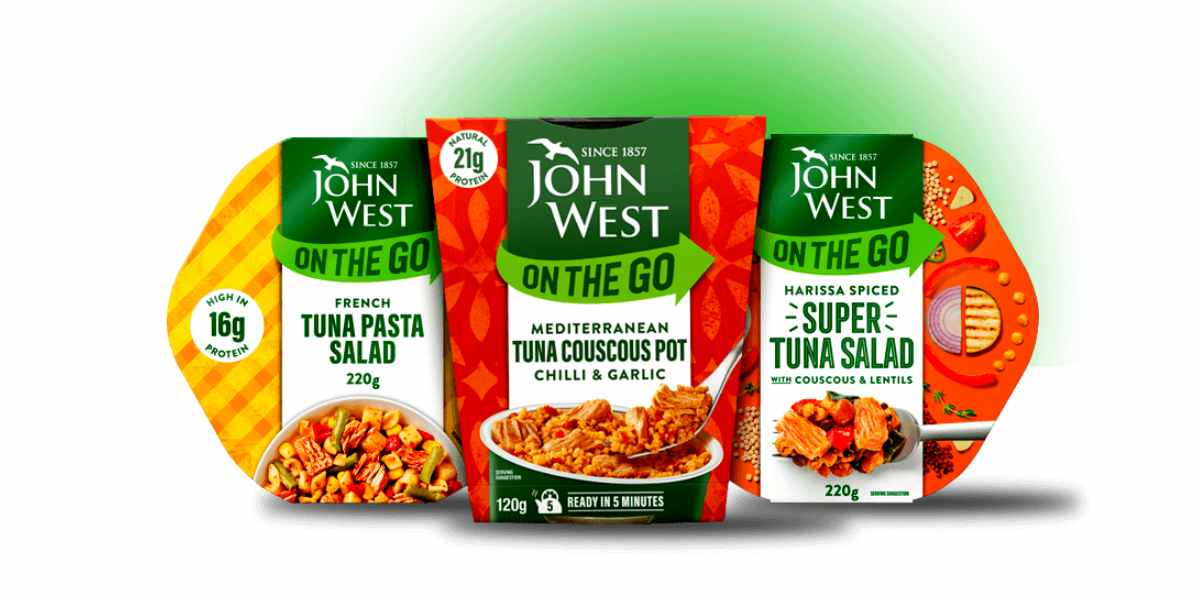

Main sources of protein: Animal protein – Tuna
Protein per 100 grams: 18grams oiro
Average price: £2.50-3.75 (US options also exist)
Protein per serving: Approx 23-27 grams of protein depending on choice
Source of other essential nutrients: Contains vegetables – Zinc, Iron
Added sugars or artificial ingredients: Low levels from seasoning/sauce.
Tuna Snack Packs & Your Diet: Great for low carb or caloric deficit plans.
13/15 Cottage Cheese
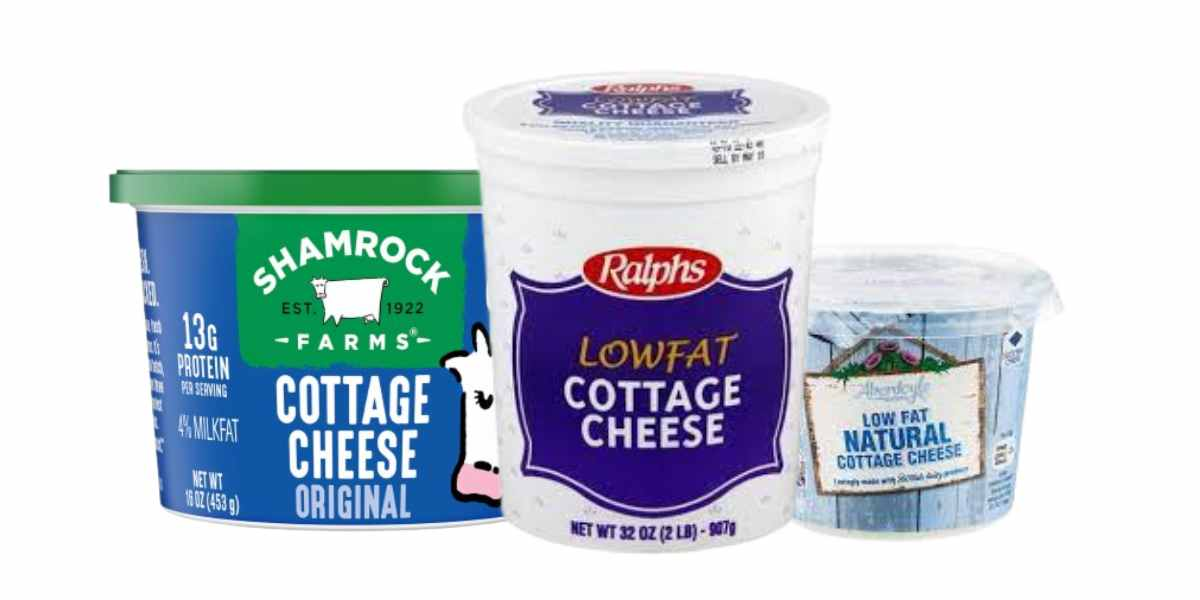

Cottage cheese is a high-protein snack made from the curds of cow’s milk. The main source of protein in cottage cheese is casein and whey, which make up around 11-14 grams of protein per 100 grams of cottage cheese.
A typical serving size of cottage cheese is around 1/2 cup (125 grams), which provides around 14-18 grams of protein.
The average price of cottage cheese can vary depending on the brand and where it is purchased. It generally ranges from $2 to $5 per pound.
Cottage cheese is also a good source of calcium and phosphorus, which are essential for bone health, and it also contains small amounts of other essential nutrients such as vitamin B12 and riboflavin.
The ingredient list for cottage cheese is typically milk and cream, and sometimes salt and cultures, but some cottage cheese may contain added sugars or artificial ingredients.
Cottage cheese can be a healthy addition to someone’s overall daily protein intake and nutrition goals. However, it’s important to consider the overall calorie and fat content of the product and to pair it with a balanced diet that includes fruits and vegetables, healthy fats, and whole grains.
14/15 Hummus and Veg Dip
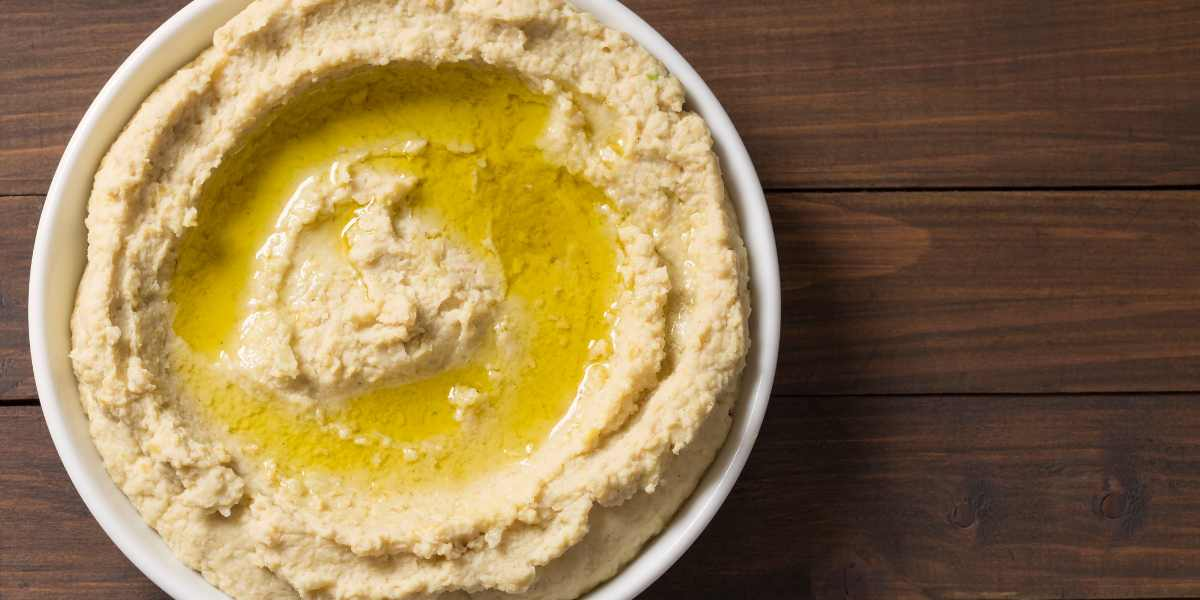

Hummus is a high-protein snack made from mashed chickpeas, tahini (sesame paste), olive oil, lemon juice, garlic, and other spices. The main source of protein in hummus is chickpeas, which provide around 2-3 grams of protein per 100 grams of hummus.
A typical serving size of hummus is around 2 tablespoons (30 grams), which provides around 6-9 grams of protein.
The average price of hummus can vary depending on the brand and where it is purchased. It generally ranges from $2 to $5 per pound.
Hummus is also a good source of healthy fats, fiber, and minerals such as zinc, magnesium and potassium.
The ingredient list for hummus is typically chickpeas, tahini, lemon juice, olive oil, garlic, and spices. Some hummus varieties may contain added sugars or artificial ingredients, so it’s important to check the label before purchasing.
Hummus can be a healthy addition to someone’s overall daily protein intake and nutrition goals. However, it’s important to consider the overall calorie and fat content of the product and to pair it with a balanced diet that includes fruits and vegetables, healthy fats, and whole grains. Additionally, hummus can also be high in sodium, so it’s important to check the nutrition label and monitor the intake.
15/15 Protein Shakes
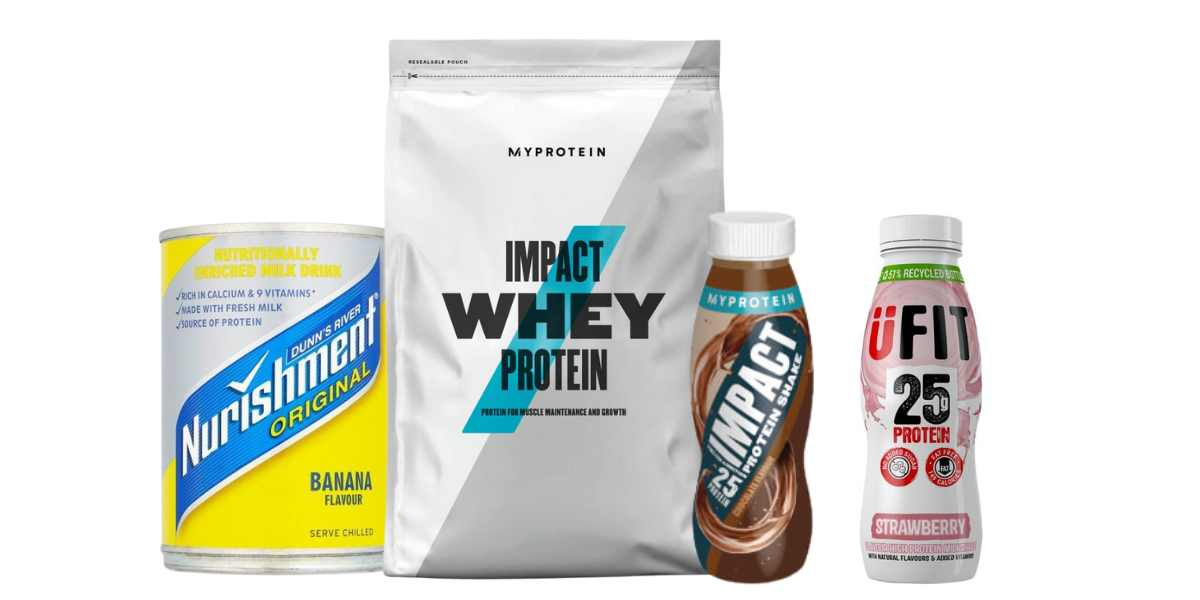

Protein shakes are high-protein snacks that are typically made by mixing a protein powder with liquid such as water, milk or plant-based milk. The main sources of protein in protein shakes depend on the type of protein powder used. Common types of protein powders include whey, casein, soy, pea, hemp, and rice. These powders can range in protein content from 15-90 grams per 100 grams.
The amount of protein per serving depends on the type of protein powder and the serving size. It’s important to check the nutrition label to determine the exact amount of protein per serving.
The average price of protein powders can vary depending on the brand, the type of protein, and the size of the container. It generally ranges from $10 to $60.
Protein shakes can also be a good source of other essential nutrients depending on the ingredients and additives used in the shake. For example, many protein powders are fortified with vitamins and minerals, such as Vitamin B12, Vitamin D, and Iron.
The ingredient list for protein shakes can vary depending on the brand and type of protein powder used, but generally it will be the protein source and any additional ingredients such as sweeteners, flavourings, and thickeners. Some protein shakes may contain added sugars or artificial ingredients, so it’s important to check the label before purchasing.
Protein shakes can be fantastic for individuals who have difficulty consuming enough protein through whole foods. There are many with low carb content which can make these very useful for those on ketogenic diets.
How to avoid snacking on the road
As well as these high protein travel snacks to help curb hunger pangs while on the road, here’s a couple of extra tips to stop negative snacking:
- Are you hungry or dehydrated? Often we feel hungry but actually we are just thirsty. Keep a chilled large bottle of water to had – perhaps flavoured with a zero added sugar cordial and chug this instead.
- Keep your mind occupied. Boredom leads to unconscious snacking.
FAQs on the Best High Protein Travel Snacks
You may have some questions about the types of high protein foods that are best for travel. Here are some of the most commonly asked questions about high protein snacks for when you’re on the go:
- What are the best high protein snacks for weight loss? Protein bars, boiled eggs, and Greek yoghurt are all great options for high protein snacks that can also help with weight loss.
- What’s the best low carb high protein snack? Jerky and nuts make great low carb, high protein snacks that are easy to pack.
- What food should I eat while travelling if I’m on a Paleo diet? If you’re following a Paleo diet while travelling, nuts, hard boiled eggs, and beef jerky are all good options. You can also try making your own homemade snack packs made up of fruits, nuts, seeds and nut butter to bring with you.
Buckle up & have a safe trip
When it comes to snacking on the go, it’s important to have options that will fuel your body and help you stay on track with your diet goals. These high protein travel snacks are perfect for travelling with work or the family, and they’ll help you to feel satisfied and energised while you’re on the go.